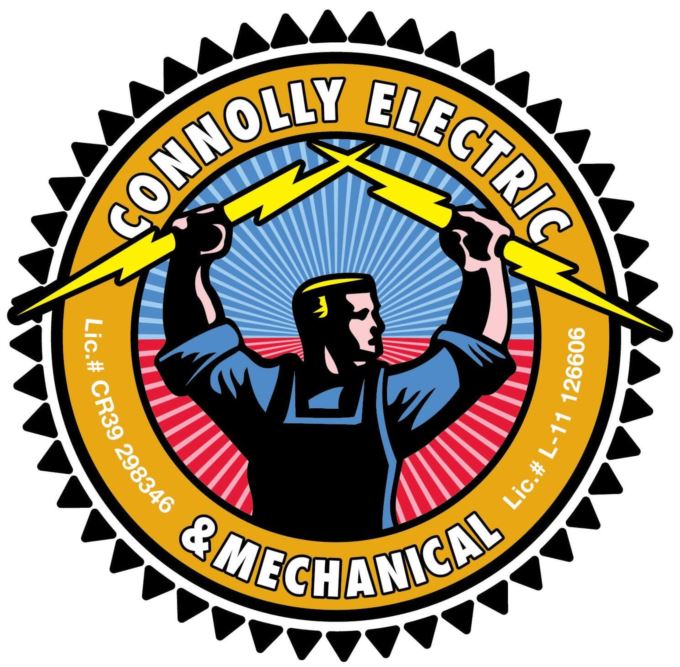When the weather starts to cool off, you may be thinking about how you’ll make the most of your heating and cooling. After all, HVAC costs routinely add up to a big chunk of your monthly electric bill. To figure out new ways to save, some people take a closer look at their thermostat. Could there be a setting they could use to increase efficiency?
The bulk of thermostats include both a ‘Fan’ or ‘Fan On’ setting. But if the fan is on during a regular cycle, what will the fan setting provide for an HVAC system? This guide should help. We’ll share precisely what the fan setting is and how you can use it to save money over the summer or winter.
How Do I Access the Fan Setting on My Thermostat?
For the bulk of thermostats, the fan setting signifies that the system’s blower fan remains on. A few furnaces can run at a low level with this setting, but for the most part heating or cooling isn’t being made. The ‘Auto’ setting, on the other hand, will turn on the fan over a heating or cooling cycle and shut it off once the cycle is complete.
There are benefits and drawbacks to using the fan setting on your thermostat, and the ideal option {will|can|should]] depend on your distinct comfort needs.
Advantages to using the Fan/On setting:
- You can keep the temperature in each room more uniform by permitting the fan to keep generating airflow.
- Indoor air quality will be highest since constant airflow will keep passing airborne particles into the air filter.
- Fewer start-stop cycles for the system’s fan helps expand its life span. Because the air handler is usually part of the furnace, this means you can prevent the need for furnace repair.
Downsides to utilizing the Fan/On setting:
- A constant fan could add to your energy costs somewhat.
- Continuous airflow could clog your air filter in a shorter amount of time, increasing the frequency you’ll need to replace it.
{Choosing Between|Should My Thermostat Be on|Which Setting for My Thermostat? Fan or Auto in Summer/Winter
During the summer, warm air may linger in unfinished spaces like the attic or an attached garage. If you leave the fan on, your HVAC system might pull this warm air into the rest of your home, pushing the HVAC system to work more to preserve the desired temperature. In serious heat, this may result in needing AC repair more quickly as wear and tear gets worse.
The reverse can happen over the winter. Cooler spaces like a basement will hold onto cooler air, which may eventually flow into the rest of your home. Leaving the fan setting on could draw more cold air upward, increasing the amount of heating you need to keep warm.
If you’re still trying to determine if you should use the fan/on setting, don’t forget that every home and family’s comfort needs are different. Leaving the HVAC system’s fan on may work for you if:
Someone in your household deals with allergies. Allergies and other respiratory conditions can be hard on the family. Leaving the fan on should help to enhance indoor air quality, helping your family breathe easier.
Your home deals with hot and cold spots. Many homes wrestle with stubborn hot and cold spots that quickly evolve to a temperature different from the rest of the house. The fan setting should help limit these changes by constantly refreshing each room’s ventilation.




